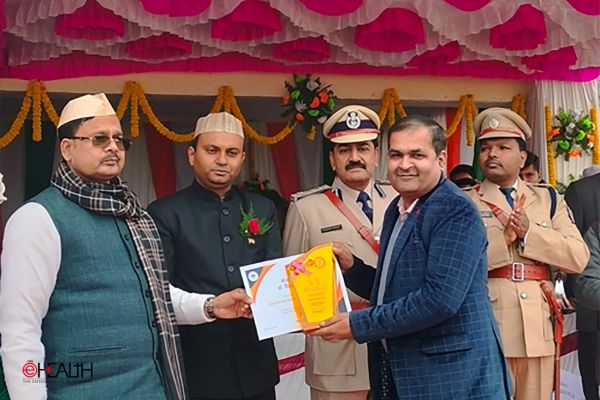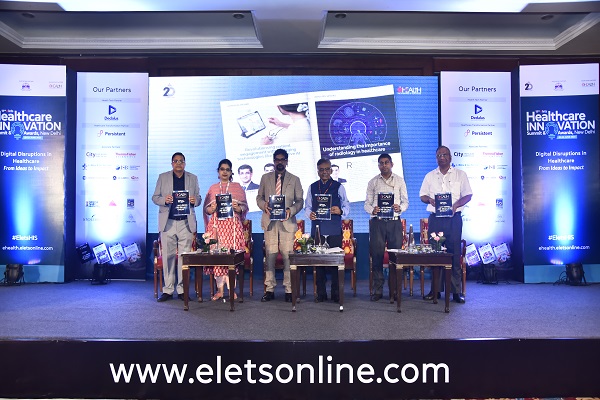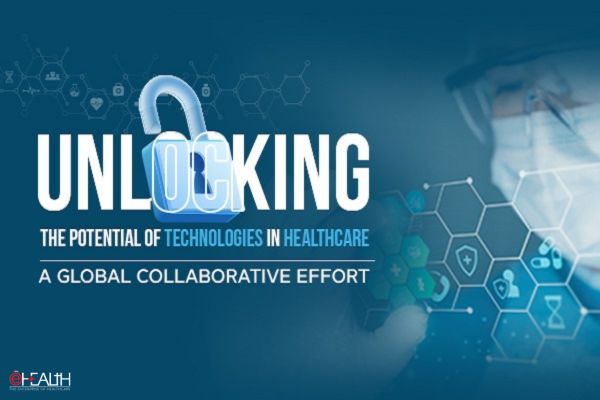 Dr Balbir Singh, MBBS, MD, DM (Cardiology),
Dr Balbir Singh, MBBS, MD, DM (Cardiology),
Chairman-Division of Electrophysiology,
MedantaHeart Institute
Dr Balbir Singh speaks about the technology development that has happened in the cardiology segment of Indian healthcare. In conversation with Sharmila Das, ENN

From how long you have been associated with Medanta?
I have been associated with Mednata right from the launch of the first cath lab in December 2009. We started the cath lab here on 16th December and I did the first case.
What are the changes you have noticed during this period and what are the developments or new technologies have come in this space?
Every day we see something new is coming up. Image quality has improved a lot in cath lab. Now there is use of intravascular ultrasound, we can see the heart through ultrasound and then there is optical tomography, which is again another lift. With this you can go into the artery or perform CT scan of the arteries and see what is happening inside and how the development of cholesterol has happened etc. In the field of electrophysiology, there have been a lot of achievements. For example, we could see arterial fibrillation through doing Dyna CT Scan in the cath lab. You could scan heart in the cath lab itself to look where the impulses originating, how to carried it etc. Then new technology also has come in the pacemaker, defibrillator and device that save human life. So there has been huge development in each area then we have stem cell transplant in the cath lab too.
Over the years do you think there is an increasing trend of keeping cath lab in every hospital?
The number of cath lab is too few if you compare it with Indian population. You will realise that the number of CT scan and MRI centre is much more than cath labs. In cath lab, doctors do the procedure while CT scan and MRIs are done by technicians and the doctor interprets it. In cath lab the procedure requires skilled doctors and there is not enough trained operators in India at the moment. However, for cath lab the scope is very high and there has been immense growth happened in last five years. I dont think anybody in the world can believe that so many cath labs have come up in India during these years. The number is going to multiply in the years to come. So there is a huge scope, because every human being may have a heart problem and for that we will need a cath lab.

What are the factors responsible for the increasing trend of heart diseases?
Because of big size population the occurrence of heart diseases is increasing. Second point is that the average life- span has increased, people are living longer. Third is westernisation of the society. We are tending more towards smoking; we are eating more junks and exercising less.
Do you think mobile cath lab is more beneficial?
The mobile cath labs have their own advantages and disadvantages. Advantages are like they are cheaper and they require less peripheral like generator to run them. Mobile cath lab doesnt mean that you can take them from one state to another state. They have to be stationed somewhere to get the maximum benefits. The image quality of mobile cath lab is not good. People using mobile cath lab should understand boundaries and the complicated issues can be referred outside. We use mobile cath labs in small centers of outside Delhi.
Do you think the super specialty hospitals require cath labs more than the single specialty hospital? Why?
The smaller hospital which has not invested into cath lab is because they have not been able to get the right person. If a small hospital has good facilities and it can offer you ICU or CCU they will definitely have a live cath lab.
Tell us about the latest equipment you are using in your cath lab? Are all of these imported?
Yes all are imported and there is no Indian company manufacturing the cath lab equipments. The hospital would need to invest `2-3 crore for such products and in India there are three major companies supplying cath lab equipments like Siemens, GE Healthcare and Philips. Certainly the cost will be much less if India and China starts manufacturing cath lab devices.
Tell us about the latest devices you have deployed in your cath lab? Tell us about ILR and the advantages it offers. How costeffective it is?
The ILR is implanted on the chest under the skin to monitor heart beat of the patient. We have another device called CareLink. CareLink is an Internet-based system to help physicians and patients better manage chronic cardiovascular disease treated by implantable device therapy,such as pacemakers and implantable cardioverter-defibrillators (ICDs). The service provides an efficient, safe and convenient way for specialty physicians to remotely monitor the condition of their patients.
ELR patch is a web based technology we use in our cath lab and it is an endless heart beat recorder. Without any cut it can be pasted on
the chest. Patient can take bath without removing it. If the patient gets some symptom then they can press a button on it and his ECG will be recorded and transmitted to the doctor with whom he is linked through the Internet. So doctors can see what actually
happens on the website.
Be a part of Elets Collaborative Initiatives. Join Us for Upcoming Events and explore business opportunities. Like us on Facebook , connect with us on LinkedIn and follow us on Twitter , Instagram.












